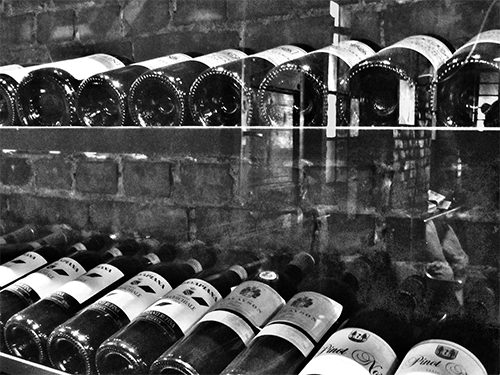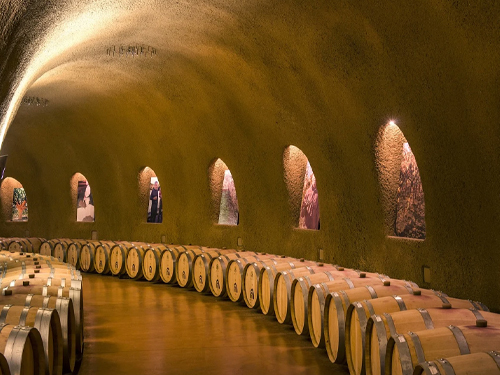Rédigé le 05/01/2021
Découvrez un vin mythique

Avec les fêtes de fin d’année et une tempête au nom de chanson, la neige et le gel sont arrivés. Pendant que les enfants s’amusaient dehors, le chat et moi les observions à travers la fenêtre, bien au chaud. C’est à ce moment précis que j’ai pensé qu’il fallait que je vous parle du vin de glace -je ne sais pas à quoi pensait le chat-, de son origine et de sa fabrication si particulières !
L’histoire du Vin de Glace
Tout commence à l’hiver 1794 quand une vague de froid inhabituelle a saisi l’Allemagne. Les vignes étaient prises dans la glace, les raisins gelés. Perdu pour perdu, les vignerons d’alors se sont résolus à tout le même presser les grappes. C’est après une lente maturation et la première dégustation de ce vin d’outre-tombe qu’ils ont compris qu’ils venaient de découvrir là un nouveau procédé qui donnait un vin surprenant et délicieux ! Leurs voisins autrichiens et alsaciens avaient tôt fait de les imiter. L’Autriche, germanophone, a copié le nom d’Eiswein, l’Alsace l’a traduit en Vin de Glace. Quand, bien des années après, en 1973, un allemand immigré au Canada y trouvera un climat propice à la production de ce vin d’hiver, il le nommera Icewine.
La production
Aujourd’hui, le Canada est devenu le principal producteur de vin de glace. Des accords entre les pays cités plus hauts ont par ailleurs été signés pour réglementer cette production spécifique. Mais comment ce vin est-il fabriqué ?
Les cépages qui servent à faire du vin de Glace sont généralement le riesling, le gewurztraminer ou le grüner Veltliner… Mais on trouve aussi du chardonnay ou même du merlot.
Le raisin est récolté en vendanges tardives, pendant une période de gel, la nuit, quand il fait entre -6° et -12° (car le jus sucré ne gèle pas avant les -7°). On le presse rapidement, tant que ces grappes bien mures sont encore dures comme des glaçons. On le met ensuite à fermenter. L’eau glacée disparait, et l’acidité équilibre alors le côté liquoreux du raisin chargé en sucre.
On le sert ensuite à 6° dans un verre à dégustation, à l’apéritif ou avec un fromage à pâte dure.
Il faut le boire pour le croire. Les arômes et la longueur en bouche sont époustouflants !
Vous l’aurez peut-être compris, les conditions de productions sont spéciales. Il y a beaucoup de perte (de raisin trop mûrs puis de jus avec l’évaporation de l’eau), la récolte de nuit en hiver coûte cher, les parcelles d’exploitation, et donc les quantités, réduites.
Tous ces facteurs en font un vin rare, et donc cher. Mais qui sait, le Père Noël nous concèdera peut être un deuxième tour de cheminée après une année éprouvante. Et au pire, il nous en apportera une bouteille en décembre prochain…













